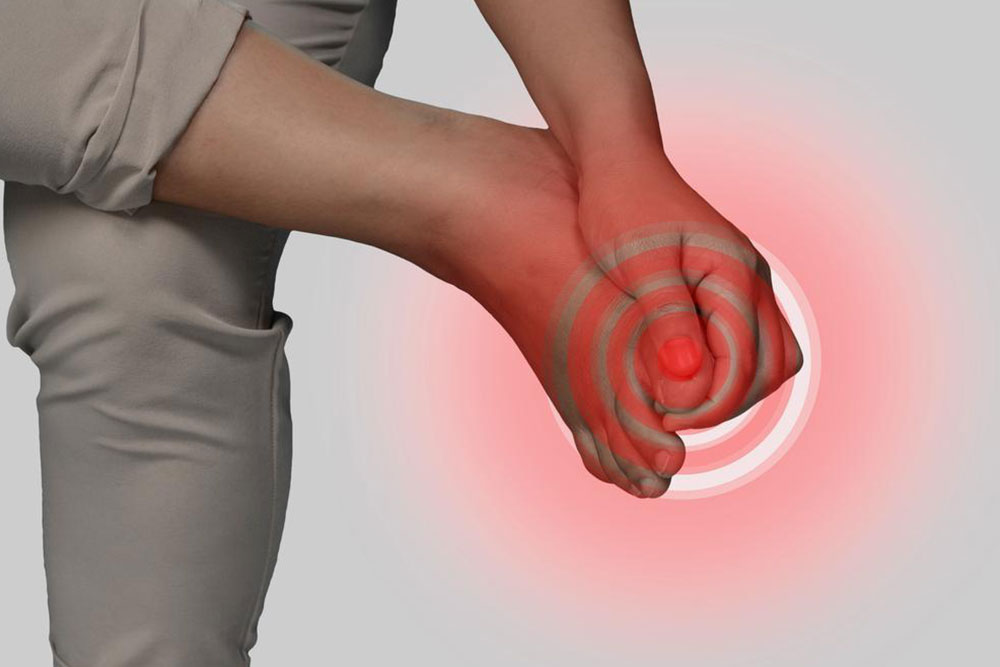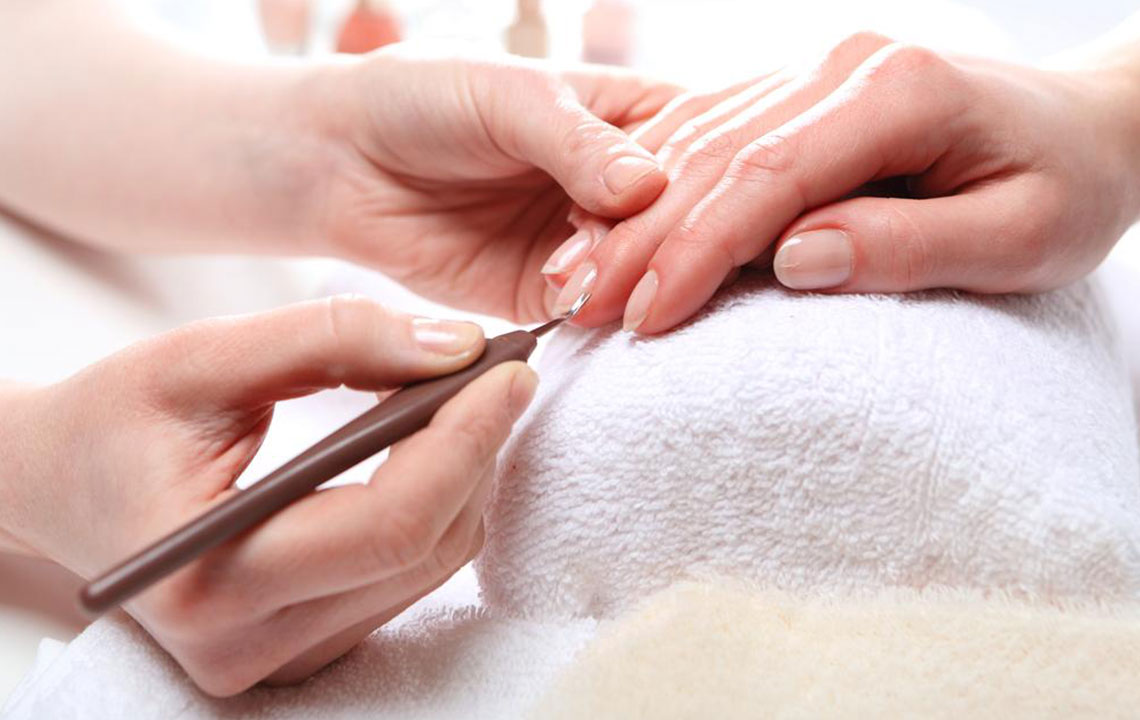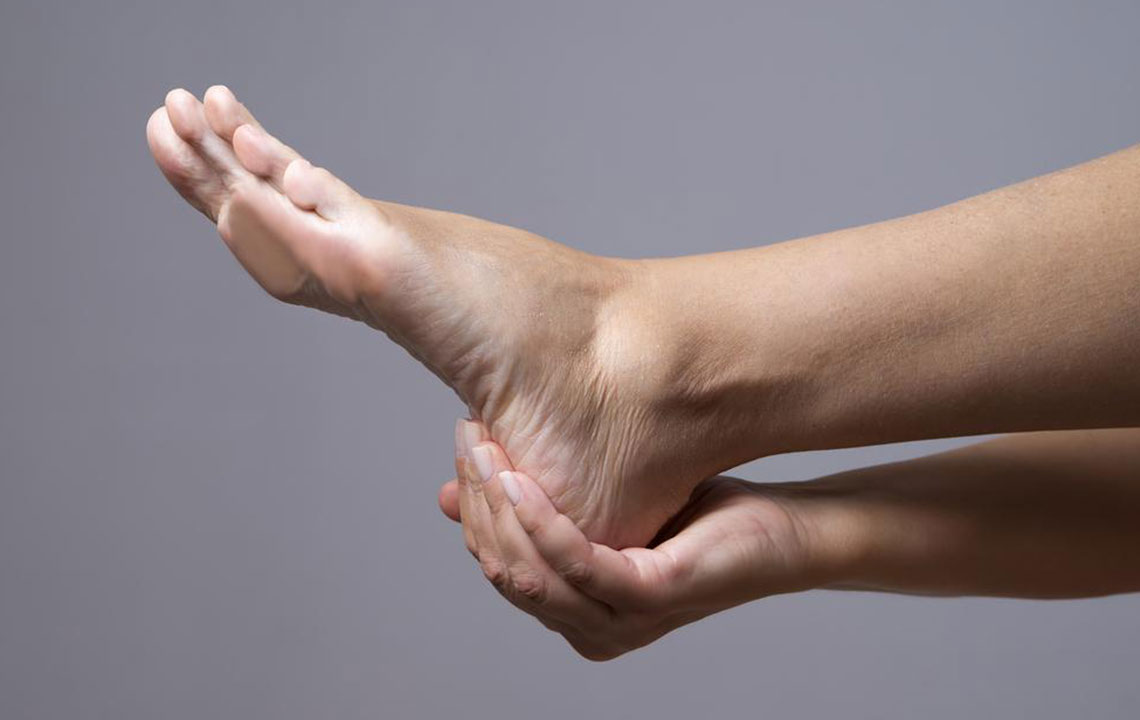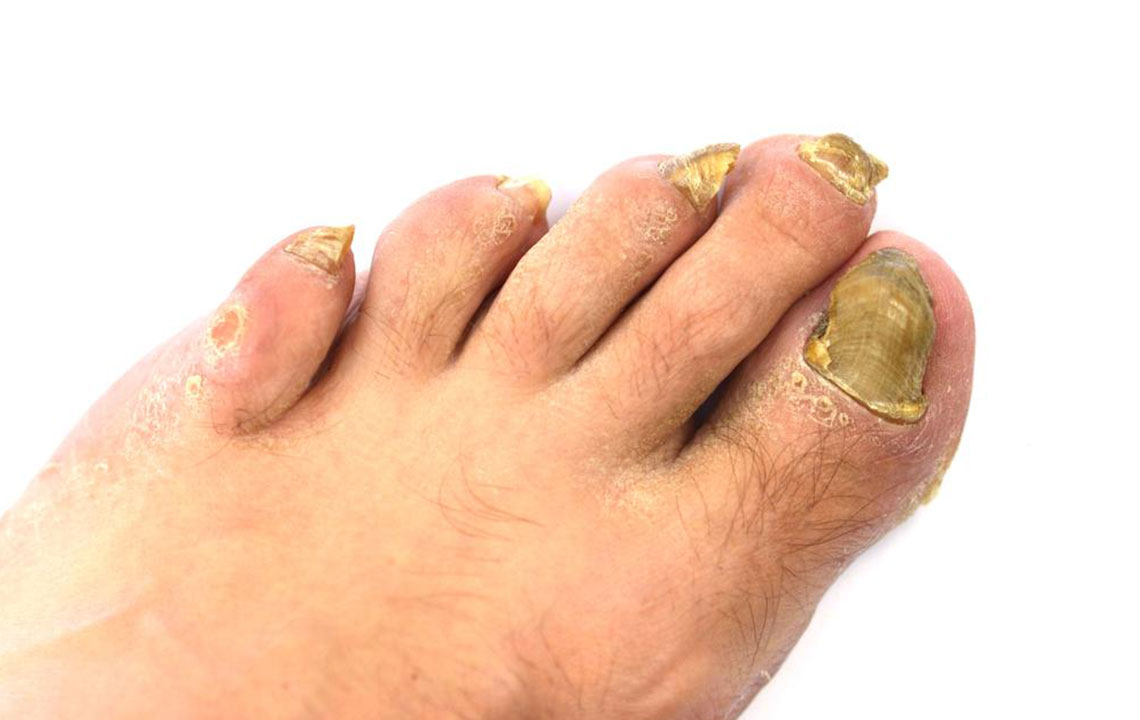Comprehensive Guide to Prevent Ingrown Toenails During Hiking and Trekking Adventures
This comprehensive guide provides practical tips to prevent ingrown toenails during hiking and trekking. From choosing proper footwear and maintaining foot hygiene to correct nail trimming and sock choices, discover how to keep your feet healthy on outdoor adventures. With these expert recommendations, outdoor enthusiasts can enjoy their activities without foot pain or injuries, ensuring an enjoyable and safe hiking experience.
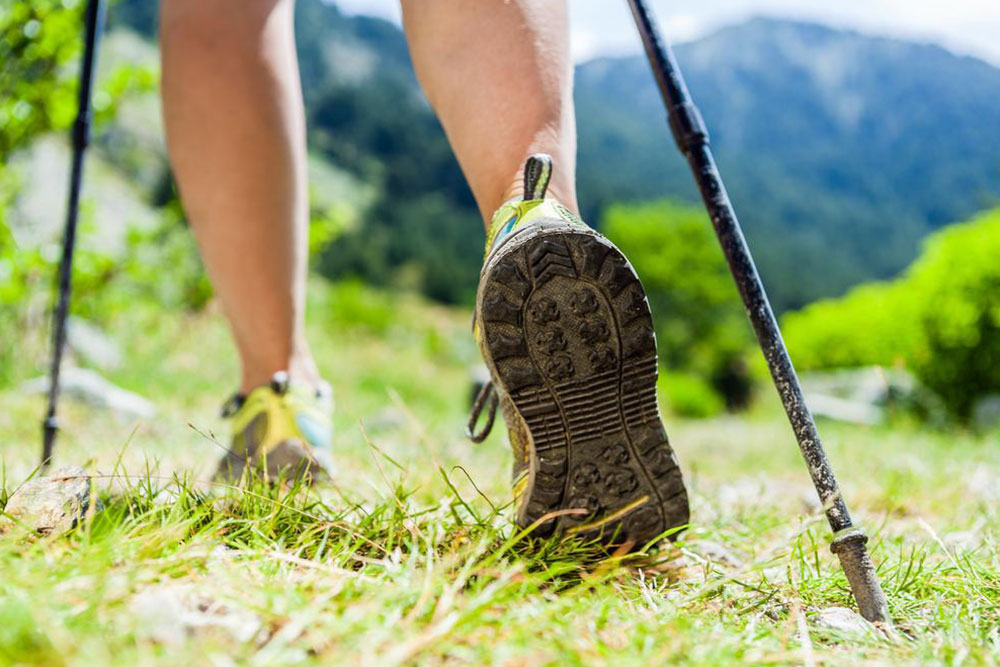
Effective Strategies to Prevent Ingrown Toenails While Exploring the Outdoors
Participating in hiking and trekking is a fantastic way to immerse yourself in nature's beauty, get physical exercise, and escape the hustle of daily life. These outdoor activities attract countless enthusiasts eager to discover new trails and enjoy the outdoors. However, along with the thrill comes the responsibility of maintaining foot health. A common foot issue faced by hikers and trekkers is ingrown toenails, which can cause significant discomfort, pain, and even infections if not addressed properly. Fortunately, with proper foot care routines and mindful choices, you can significantly reduce the risk of developing ingrown toenails during your outdoor adventures.
Your feet are your primary tools for navigating rugged terrains, uneven paths, and challenging obstacles. Proper footwear selection is critical; shoes should provide ample room for your toes to move freely without being too loose, which could cause blisters, or too tight, leading to pressure on your toenails. When possible, visit a specialized store for fitting rather than purchasing shoes online, as professional fitting ensures optimal comfort and support. Consider factors such as arch support, cushioning, and breathability to keep your feet comfortable over extended periods of hiking or trekking.
Foot hygiene is equally important. Keep your feet clean and dry, especially after sweating or wading through water. Regularly washing your feet with mild soap and thoroughly drying them can prevent bacterial and fungal infections that may complicate toenail issues. Moisturize your skin to prevent dryness and cracking, which can increase susceptibility to injury.
Proper toenail trimming technique significantly reduces the risk of ingrown toenails. Always cut your toenails straight across, avoiding rounded or beveled edges that can cause the nail to grow into the surrounding skin. Use clean nail clippers and avoid cutting too short—leaving a small margin helps prevent nail edges from digging into the surrounding tissue. During hikes, if you notice a toenail starting to grow ingrown, gently lifting the nail edge and placing a tiny cotton ball underneath can help relieve pressure and prevent further ingrowth. Applying antimicrobial creams or powders designated for foot use can keep your feet healthy and minimize infection risk.
Another vital aspect is choosing appropriate socks. Cotton socks tend to retain moisture, which promotes fungal growth and skin issues. Instead, select moisture-wicking, breathable materials such as merino wool or synthetics designed for athletic activities. Carry spare pairs of socks and change them whenever your feet become damp. Well-ventilated footwear combined with proper sock choice ensures your feet stay dry and healthy throughout your hike or trek.
In conclusion, preventing ingrown toenails while hiking or trekking depends on careful footwear selection, attention to foot hygiene, proper nail care, and proactive measures during your outdoor trips. By following these simple but effective tips, you can enjoy your adventures pain-free, focusing solely on the breathtaking landscapes and physical challenge ahead. Remember, taking good care of your feet is essential for a safe, comfortable, and enjoyable outdoor experience.
